The terrible story of anesthesia, from mandrake root and strangulation, to the appearance of ether
Categories: Health and Medicine | History
By Pictolic https://pictolic.com/article/the-terrible-story-of-anesthesia-from-mandrake-root-and-strangulation-to-the-appearance-of-ether.htmlAny surgical intervention in the body, whether it is a kidney transplant or tooth extraction— is an unpleasant thing. But today, when there are many effective methods of anesthesia, pain no longer scares patients so much. But imagine the times when pain relief was not known or was at a primitive level. Let's dive into the abyss of a nightmare and find out how operations took place in those relatively recent eras.
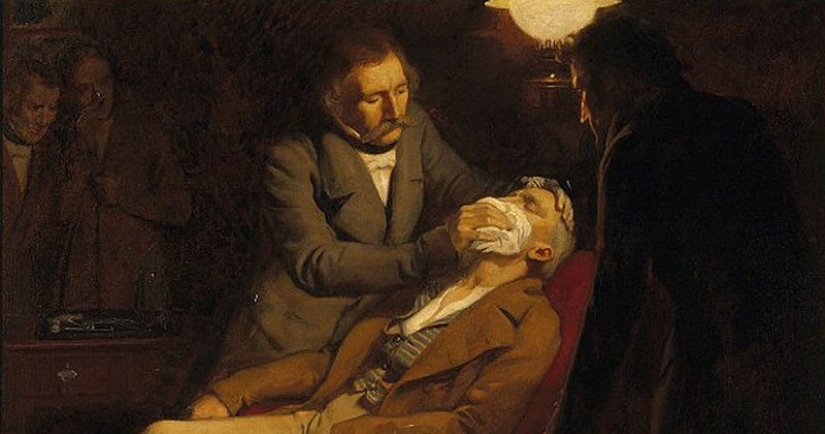
When there was no anesthesia, the main allies of the surgeon and, of course, the patient, were skill and speed. The faster everything happened, the less suffering the patient experienced and the more chances he had to survive. Such surgical races sometimes led to strange incidents. For example, the Scottish surgeon Robert Liston, who lived in the 19th century, in a hurry killed three people in one operation.
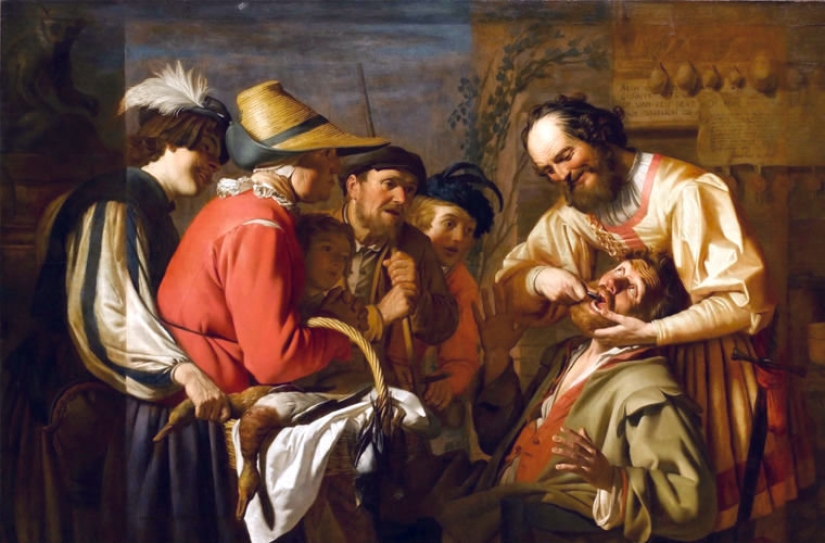
A fellow countryman of the sloppy Dr. Liston told about how surgeons tried to alleviate the suffering of their patients in his article. An anesthesiologist from the University of Dundee in Scotland, Tony Wildsmith, traced the history of anesthesia from antiquity to the present day and told the world amazing things.
The first reliable facts about the use of anesthesia by doctors have reached us from the 12th century. Then, so that the operated person did not suffer, he was given to chew a sponge soaked in opium or mandrake juice. This often helped them to fall asleep and somewhat relieved their suffering.
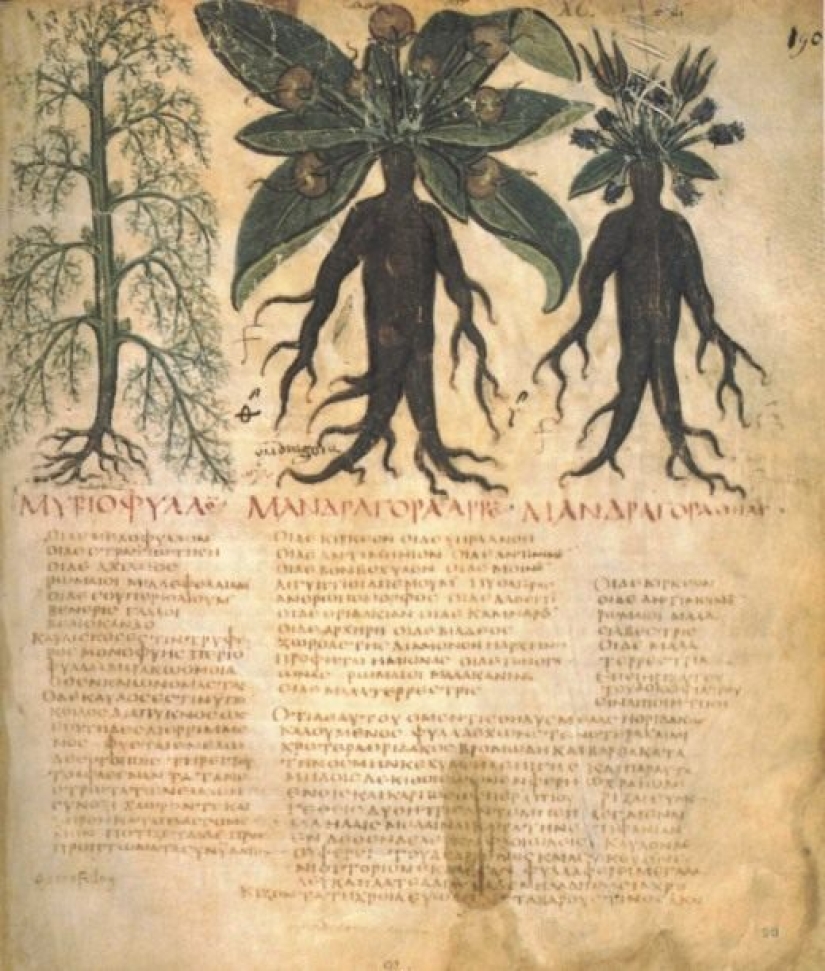
A medieval medical treatise mentions a strange painkiller. It consisted of boar's bile, opium, mandrake juice, and vinegar. It's hard to say how effective the drug was, but it was definitely dangerous. Opium was addictive, and mandrake became the cause of severe poisoning with hallucinations and even death.
In the books of the 17th century, it is said that doctors of that time used opium and laudanum everywhere, that is, an alcoholic solution of opium. This was a dangerous practice, as it was very difficult to accurately choose the dosage of the drug. Often patients died not from blood loss or shock, but because of anesthesia.
Since the Renaissance and up to the 19th century, a variety of methods of anesthesia were used. For example, amputations were performed in the navy by drinking the patient into unconsciousness with rum or whiskey. And this is not the worst thing, because often such an intervention was entrusted to be performed not by a ship's doctor, but by a simple carpenter with a hacksaw.
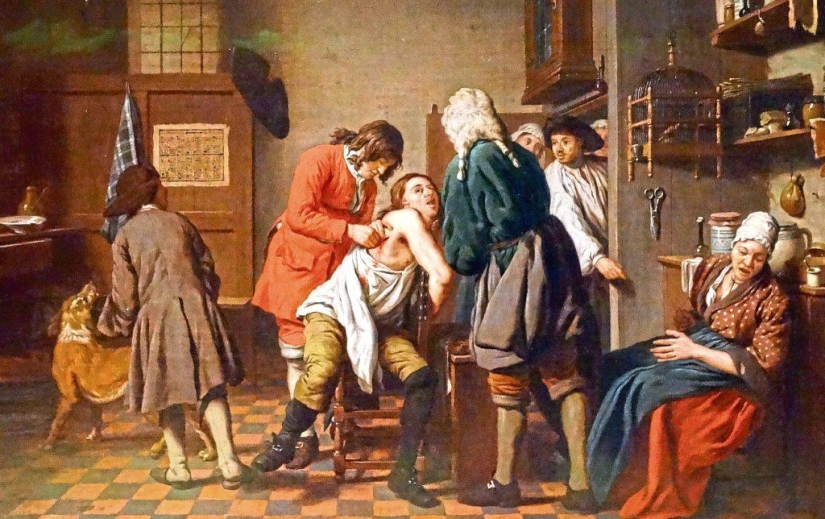
It was a very popular opinion that a reliably fixed patient does not need anesthesia. The patient was simply held tightly by several people, and the surgeon tried to cope with his task as quickly as possible.
At one time it was fashionable to put pressure on the patient's carotid artery to make him lose consciousness. It's hard to even imagine how many people were sent to the other world like that even before the first incision was made. During operations on the extremities, the method of pressing on the nerve endings was used to numb the leg or arm.
A real breakthrough in anesthesia was made in 1784 by the British surgeon John Hunter. He put a tight tourniquet on the patient's leg before amputation. The limb quickly became numb, and the doctor then boasted that he cut off the leg almost without pain. The method was adopted by many European doctors and for a long time it was considered very progressive.
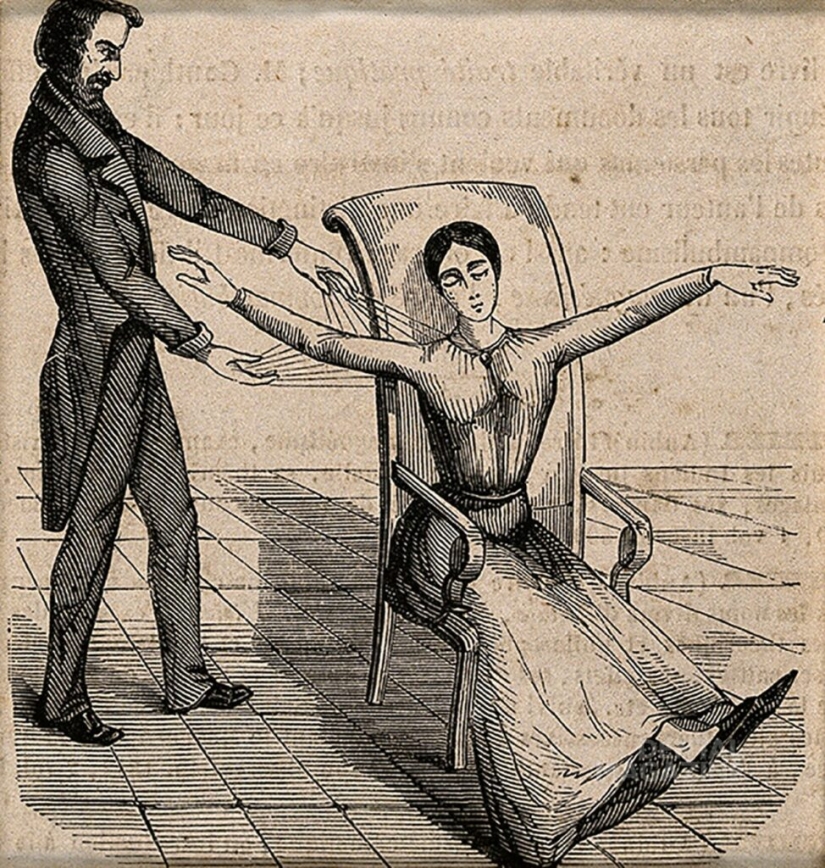
But the strangest way to anesthetize a patient can be considered mesmerism. This is a method invented by the Austrian physician Franz Anton Mesmer, who lived in the 18th century. He proposed an absolutely pseudoscientific anesthesia based on hypnosis, mystical body fluids and force fields. Mesmer suggested putting patients into a state of hypnosis before surgery.
In the middle of the 19th century, there was a real revolution in anesthesia. Ether, a pleasant—smelling volatile compound, was started to be used for anesthesia. In 1846, the American surgeon William Morton demonstrated the possibilities of ether. He removed a tumor located on the patient's neck in the presence of the audience. At the same time, the doctor used a gaseous ether.
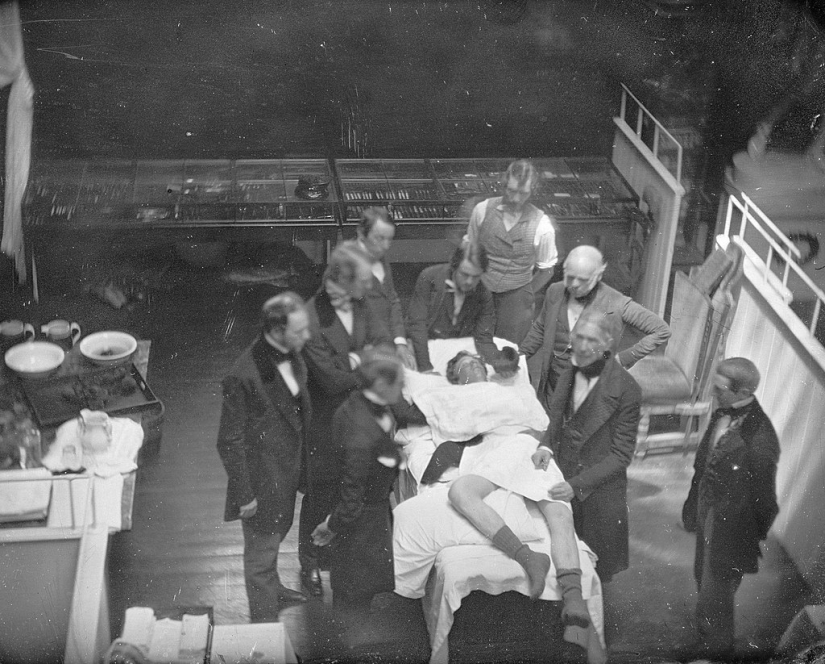
Just two years later, in 1848, doctors learned that another substance, chloroform, also causes loss of consciousness. Dr. Wildsmith writes about these revolutionary discoveries as follows:
Unfortunately, soon everyone had to make sure that neither ether nor chloroform could be considered safe substances. For more than a hundred years, while such anesthesia was used, many people died. They were ruined by intolerance to anesthesia, incorrect dosages and just a weak heart.
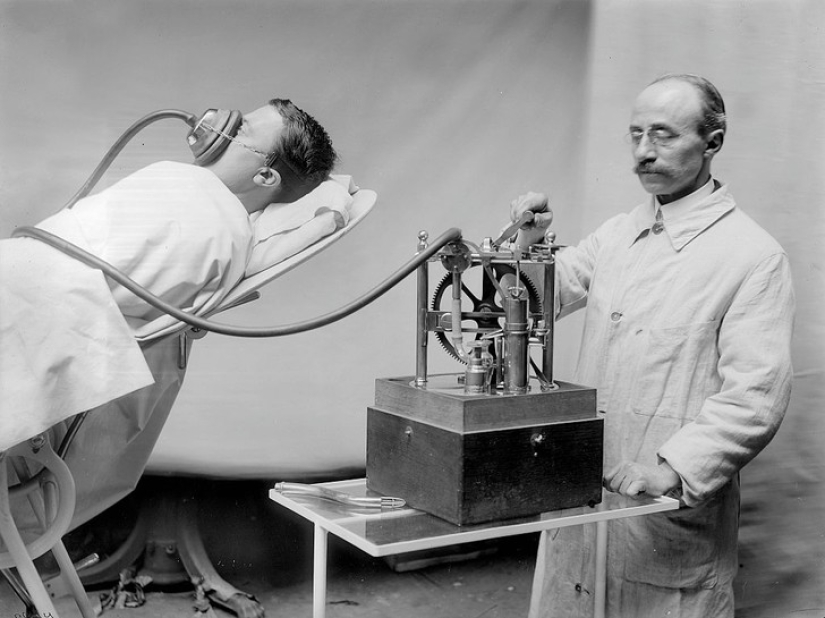
Recent articles

If for some reason you are sad, tired or demoralized, you urgently need a portion of baby animals. Only these beautiful creatures ...

The world is full of Ghost towns — empty, looted, degraded. The number of "towns" items scares. But what is even more frightening ...

China is a relatively safe country. Even walking through the evening streets and parks, you are unlikely to meet aggressive gopnik ...